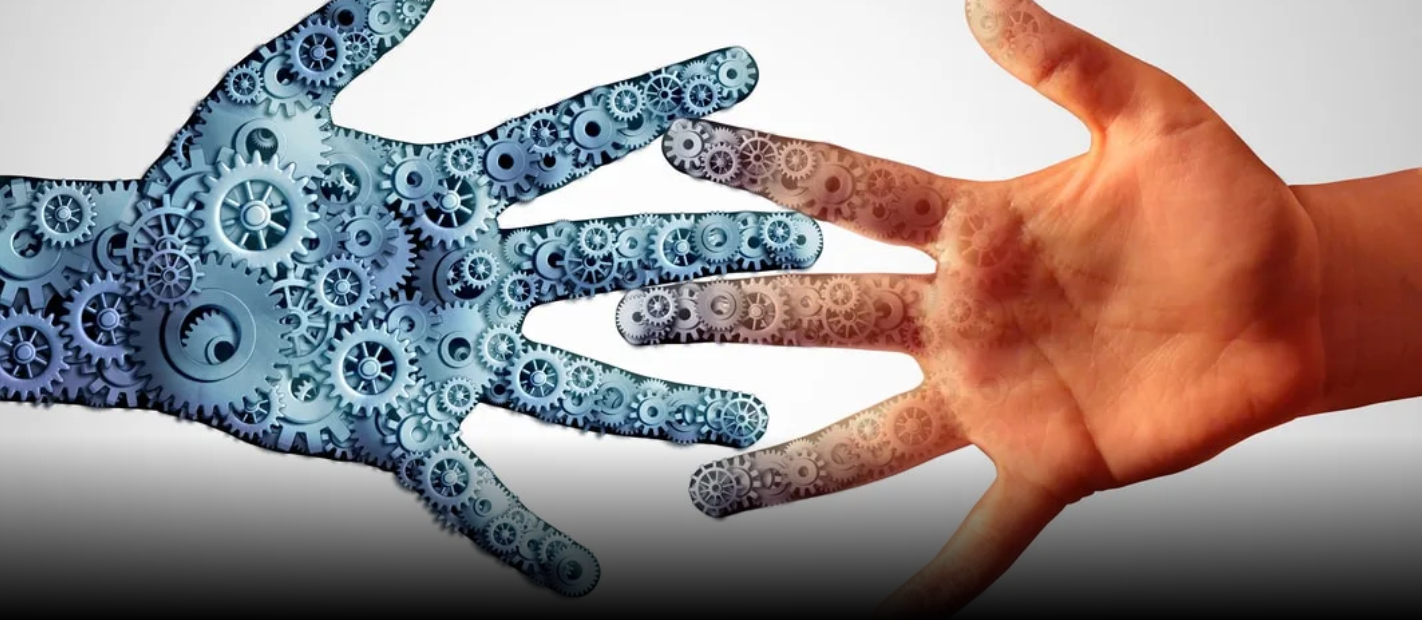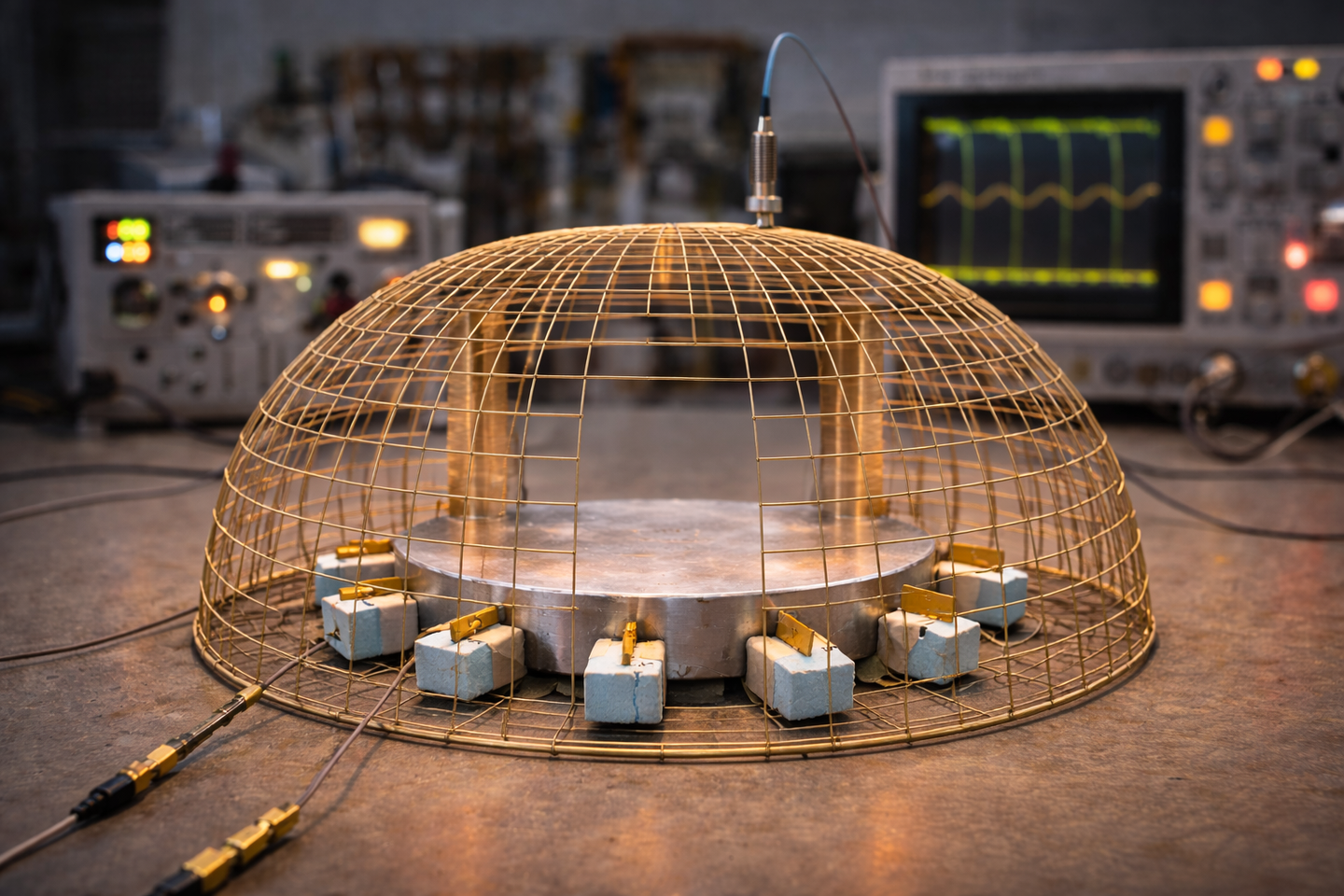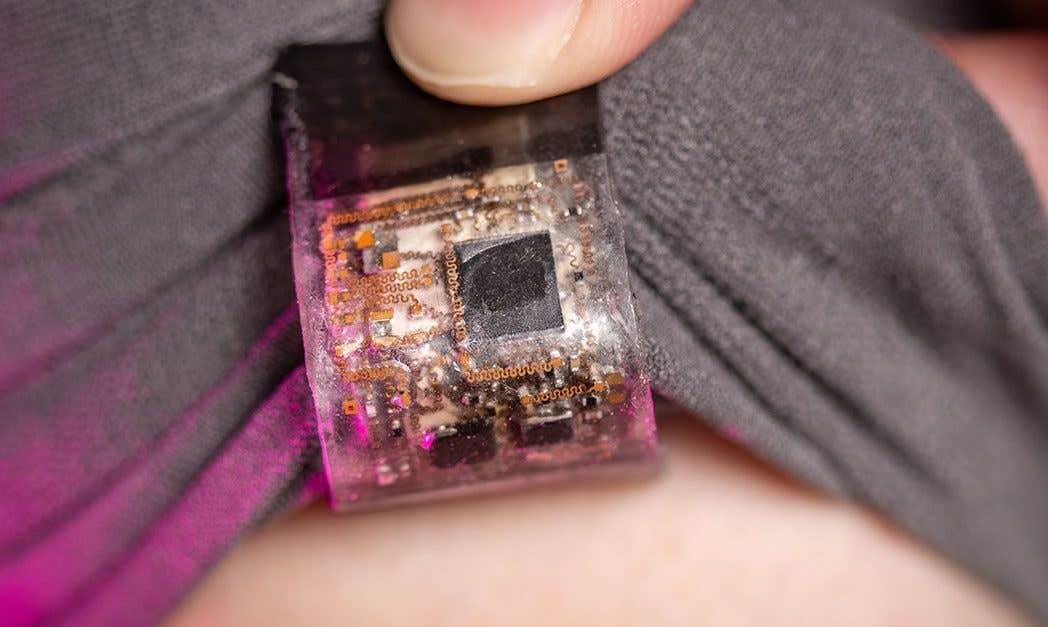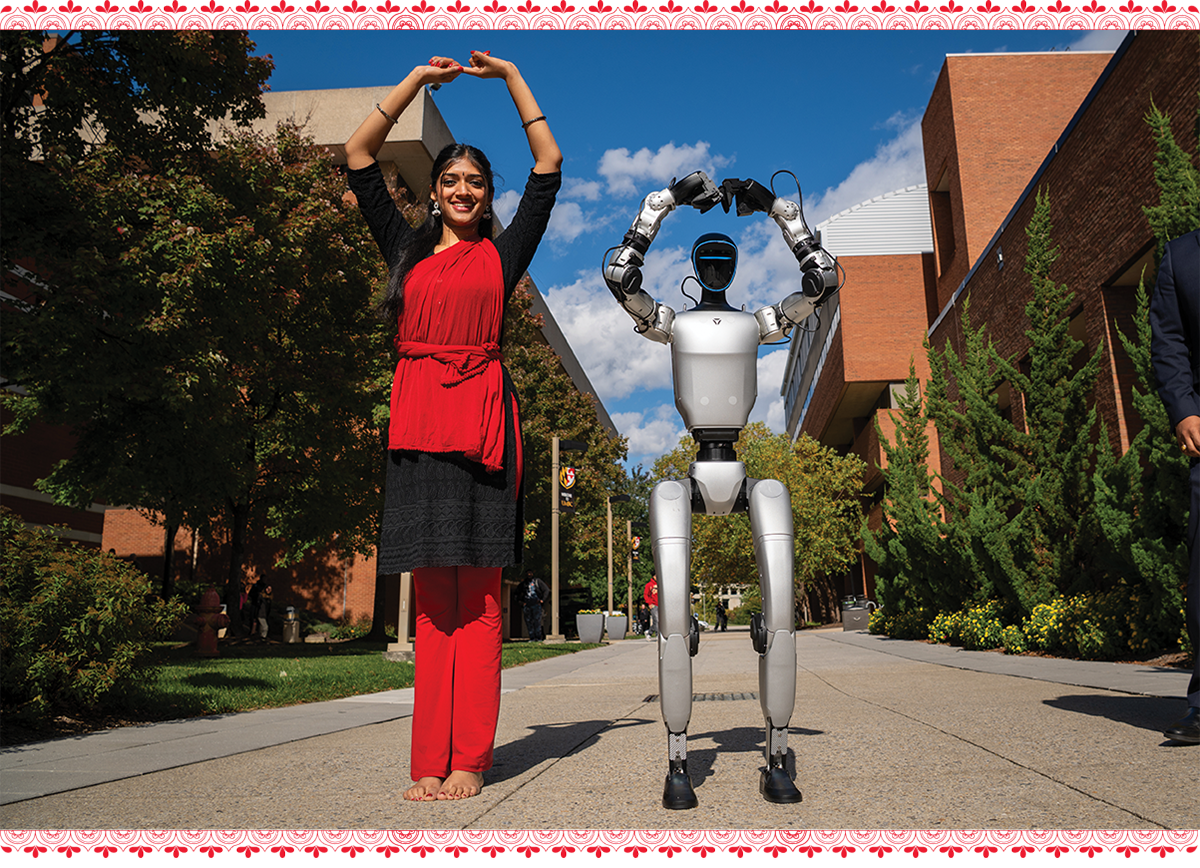Social Robots – A new tool in health care that may be as effective as a human clinician
[July 6, 2020: Monash University] Dr. Nicole Robinson is a research fellow at Monash University working across two disciplines –…

[July 6, 2020: Monash University]
Dr. Nicole Robinson is a research fellow at Monash University working across two disciplines – engineering and medicine. Specifically, robotics and psychology.
She’s led a new research trial offering a glimpse into the near-future of digital healthcare. It found social robots – as helpers – can deliver a multi-session behaviour-change treatment around diet and weight reduction without the need for human intervention.
The results showed a robot-delivered program helped people to cut snack “episodes” by half, and lose, on average, 4.4 kilograms in weight. The trial also found that an autonomous robot-delivered program may be as effective as a human clinician in the same context.
She talks to Lens about social robots, her research, and what the future might – or might not – hold.
Where did this interest in robotics – and robots – begin for you?
I’ve been interested in technology for a very long time. Any time there was a new gadget or tool available, it was always something I wanted to get my hands on. The idea of a social robot really sparked my imagination – it comes from a childhood dream of having robots around and seeing them in a societal context.
But you started off studying people?
I started in behavioural science learning about people, how they behave, and the things they do. Then I started getting more interested in robots, and how robots can interact with people, what they can do, and how they should operate in society.
It was a fantastic crossroad between the two disciplines I was interested in. We can look to behavioural science to find new ways to make robots more effective with people.
What exactly is a social robot?
A social robot is a robot that can communicate and interact with people. The first ideas in robotics would have been that robots would eventually talk to people, interact with them and be able to support them in their daily life whether that is at home, in society or in the workplace.
But you’re looking at them specifically in terms of health and wellbeing interventions with individuals?
Yes. The behavioural intervention side of things is still relatively new. There’s been previous work in digital health and wellbeing programs using smartphones and web-based digital applications. We were interested to see what the utility of social robots might have in the space to support health and wellbeing.
The trial you led was about unhealthy, high-calorie snack foods and drinks. What did you find out?
We developed the robotic health coach using principles from evidence-based practice, but shaped to be delivered by a robot. In the trial, people who did complete the treatment program worked through the steps provided by the robot, and made improvements to their diet intake.
There was an average weight loss of 4.4kg, and people decreased their snack episodes by over 50% after having a conversation with the robot about their behaviour. We’ve found it was effective without the need for human intervention, demonstrating that robots could be important tools to help promote healthy daily behaviour.
Why do you think it worked well?
When we talked to people about what was important to them, people mentioned that the robot is non-judgemental. It was able to have a discussion with a person about a behaviour that is sensitive to them, and talk to them about the steps they could take to make changes. If there is a behaviour that a person is embarrassed about – such as eating a lot of sugary drinks or cans of soda – then it might be easier to talk openly if you don’t feel as if you will be judged.
When you can have that open and honest conversation, and participate in treatment and come up with a plan that works best for you based on your current situation, then that’s something that can help support you to make a change.
Is there a threshold in robotics around attachment? You want people to feel comfortable, but not too comfortable?
Some see robots as a way to complete the steps, create a plan, and make those changes in real life. Others have a much more relational focus in terms of the interactions they had with the robot, such as the robot was very friendly, and provided support and emotional warmth. Robots can appeal to both sides.
The program is designed to prompt self-reflection. The robot goes through a series of questions designed to get people thinking about how they might make a change.
There seems to be a threshold where you want to develop the robot to be personable and friendly enough to work with in a treatment session, but not so much that it misrepresents what it is or what it can do. If we had the robot saying, ‘I understand how you feel’, that would not resonate too well, because people know robots can’t feel, in that sense.
We need to make sure that we make careful scripting choices so the robot appears to be supportive, but not so much that it comes across as fake and sterile.
How attached do some people get? Do they name the robot?
Some people do. Some feel quite fond of social robots – this concept of anthropomorphism where people give inanimate objects a sense of personality, emotion and human-like quality. For some people that feeling can be really quite strong; they can get a real sense of connection and understanding. For others, they see it as a machine, no different from a screen or a tablet or an interactive kiosk. They have no additional feelings. It’s a very individual thing.
It sounds like that strange episode of Black Mirror where a small robot takes over a girl’s life.
That’s definitely science-fiction. The concept comes up a lot when you talk about robotic systems that take on some form of human-like qualities. We’re nowhere near that level of sophistication. Social robots can’t operate to that level of autonomy or intelligence. Robots do what we program them to do.
How might it work for a person who wanted to cut down on soft drinks as part of their healthcare?
The program is designed to prompt self-reflection. The robot goes through a series of questions designed to get people thinking about how they might make a change. The robot might say, ‘if you wanted to make a change, what would you need to do?’ The robot would then be prompted to ask them to think about how they would create a plan to see positive change in their lifestyle.
It’s about asking questions and getting people to think about a goal that would work for them. That’s another fascinating thing. We did not have detailed personalisation in the robot interaction, but laying out these steps and getting people to think out loud, come up with a goal, plan and a strategy that works best, they found that they did improve their dietary intake and achieve some weight loss.
What are the next steps with this technology?
Looking at it in closer detail. Can we apply the social robot coach to other daily health areas? This includes making the robot interaction more personalised to each person, which might help to increase health behaviour for people that may need extra support or encouragement to make a start.
Could it work in addiction?
It’s possible. There’s an increased risk, so it should be paired with clinician support. The robot would then be an additional feature or treatment access point.
Do you anticipate resistance from clinicians to a robot taking on some aspects of health and wellbeing treatments?
The idea of a robot does spark some different interpretations of what that means, and what it would be like in real life. If we were programming a robot to act exactly like a clinician it would not be appropriate, and mostly likely met with some hesitation.
If a robot can be programmed to provide support to treatment, robots then become another technology that can extend the reach of the clinician to provide greater support to both patients and practitioners.



